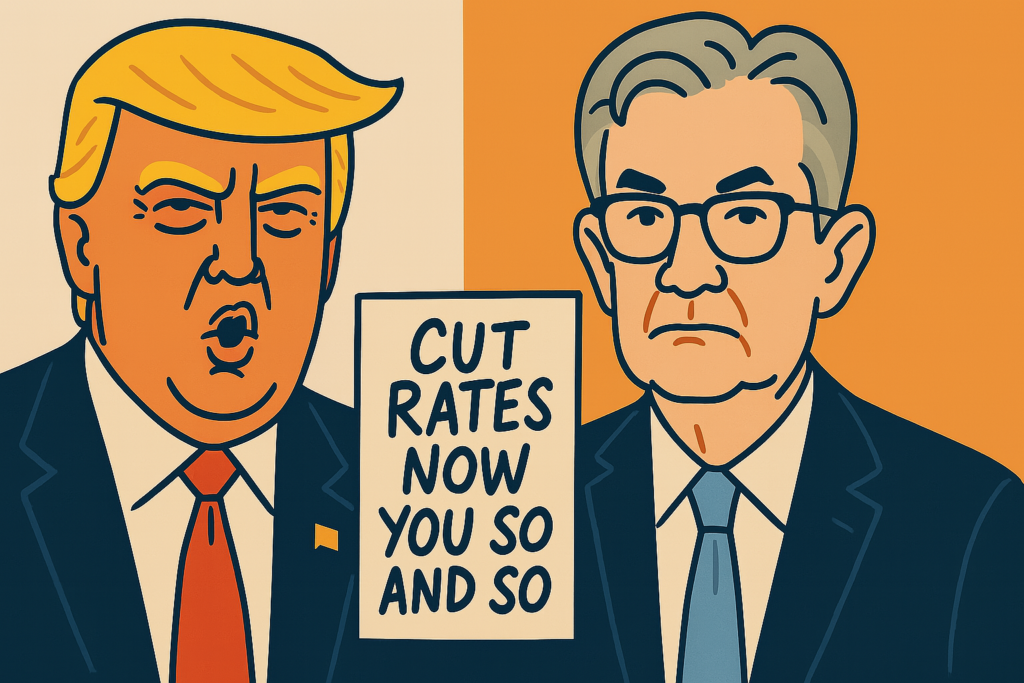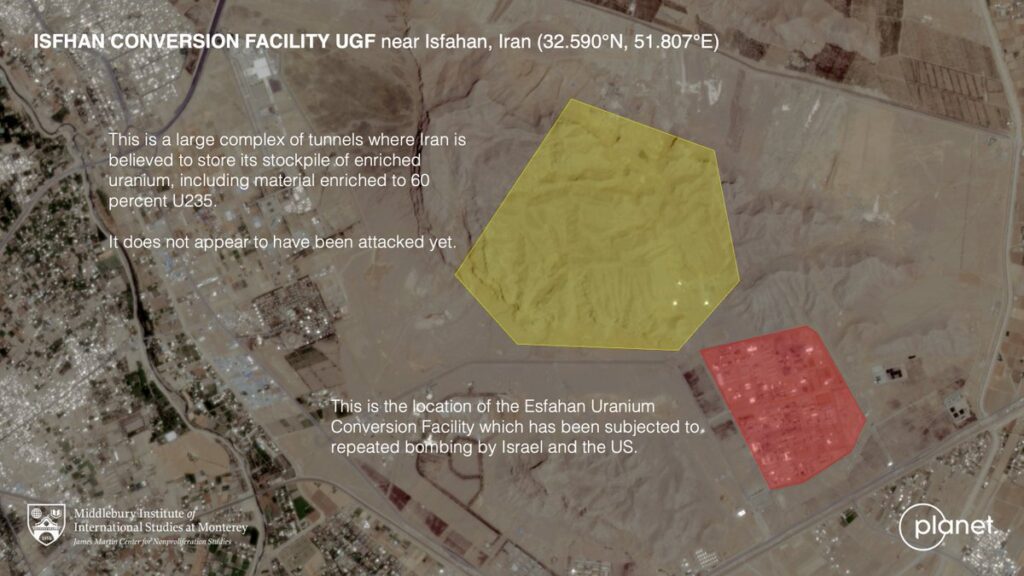Not a day passes without the media and US President Trump pointing the finger at “currency wars” and “competitive devaluations”.
The thrust of the argument is that central banks across the world, in a “race to the bottom”, are cutting policy rates and in the case of the ECB resuming QE, in order to weaken their currencies and boost export competitiveness and in turn economic growth and inflation. A concern is that these rate cuts are at best pointless and at worst damaging by fuelling the fall in global government bond yields into negative territory.
We have a somewhat more benign interpretation, namely that:
1. The majority central banks have cut their policy rates to boost borrowing, domestic demand and investment, rather than to weaken their currencies per se, in response to slowing domestic and global GDP growth and inflation and to the threat of a further global economic growth slowdown posed by the US-China trade war.
If the end-goal of lower policy rates is indeed weaker (and more competitive) currencies, as often reported, central banks have other and arguably more effective tools, at least in the short-run, such as FX intervention.
2. Ultimately, bar the People’s Bank of China (PBoC), very few central banks have actively engaged in a “currency war”; and
3. There has been limited correlation between countries’ central bank policy rates and the performance of their currencies since the beginning of the easing cycle in early May, suggesting that at the very least “currency wars” have not been very effective (see Figure 5). The inverse correlation between the US-German government bond yield spread and EUR/USD spot exchange rate in the past year is a case in hand.
Central banks may of course welcome a weaker currency as a by-product of a lower (relative) policy rate but the transmission mechanism to currencies and ultimately domestic GDP growth is not particularly compelling.
“Currency wars” a theme which has gained increased traction in past few months
Not a day passes without the media reporting on – and in the case of US President Trump complaining about – “currency wars” and “competitive devaluations”.
The thrust of the argument is that central banks across the world, in a “race to the bottom”, have cut their policy rates and in the case of the ECB also announced a resumption of its Quantitative Easing program (as of 1 November), in order to weaken their currencies and boost export competitiveness and in turn economic growth and inflation. One popular criticism is that these rate cuts are at best pointless and at worst damaging by fuelling the fall in global government bond yields, increasingly into negative territory.
We have a somewhat more benign interpretation, namely that:
1. The majority central banks have cut their policy rates to boost domestic demand, rather than to weaken their currencies per se, in response to slowing domestic and global GDP growth and inflation and to the threat of a further global economic growth slowdown posed by the US-China trade war. If the end-goal of lower policy rates is indeed weaker (and more competitive) currencies, as often reported, central banks have other and arguably more effective tools, at least in the short-run, such as FX intervention.
2. Ultimately, bar the People’s Bank of China (PBoC), very few central banks have actively engaged in a “currency war”; and
3. There has been limited correlation between countries’ central bank policy rates and the performance of their currencies since the beginning of the easing cycle in early May, suggesting that at the very least these so-called “currency wars” have not been very effective. The inverse correlation between the US-German government bond yield spread and EUR/USD spot exchange rate in the past twelve months is a case in hand.
Central banks may of course welcome a weaker currency as a by-product of a lower (relative) policy rate but the transmission mechanism from lower interest rates to slightly weaker currencies to domestic GDP growth is not particularly compelling. Most central banks (and governments) on the whole have and will continue to focus on the impact which lower rates have on consumer, corporate and government borrowing, spending and investment and ultimately headline growth and inflation, in our view.
Central banks targeting domestic demand rather than exchange rate level per se
Global GDP growth slowed to a decade low of just below 3.0% yoy in Q2, according to our own estimates, and will, based on lead indicators (including the global manufacturing PMI), likely slow further in Q3 to around 2.8% yoy but avoid going into recession (see Figure 1). Moreover, our measures of global headline and core CPI-inflation – weighted averages of inflation in 30 major developed and EM economies – fell by about 80bp and 25bp, respectively, between October 2018 (the high since April 2012) and July 2019 (see Central banks to the rescue…with a lag, 27 August 2019).
Since early May, central banks in Australia, Brazil, Chile, Eurozone, India, Indonesia, Korea, Malaysia, New Zealand, Mexico, the Philippines, Russia, South Africa, Thailand and the US have cut their policy rates. Our measure of the global central bank policy rate, which had been stable around 2.80% between December and May, has since fallen over 20bp to 2.57% (see Figure 2).
Our analysis shows an inverted, 4-quarter lagged relationship between the global central bank (nominal) policy rate and global GDP growth. If this historical relationship holds going forward, we would expect GDP growth to slow further in Q3 and Q4, before stabilising in H1 2020 and slowly recovering in H2 2020 (see Central banks to the rescue…with a lag, 27 August 2019).
The sustained fall in global GDP growth and inflation this year, and threat posed going forward by the US-China trade war, in our view justifies the easing of central bank interest rate policy in the past four months and amounts to more than just a crude “currency war”.
China has arguably engaged in a currency war in retaliation to ongoing US-China trade war
Ultimately, bar the People’s Bank of China (PBoC), very few central banks have actively engaged in a “currency war”, in our view.
The Chinese Renminbi Nominal Effective Exchange Rate (NEER) has weakened nearly 5% since early May (see Figure 3), broadly mimicking its downward path between mid-June 2018 and mid-October 2018 in line with our expectations (see Renminbi depreciation true to form, 6 June 2019). The Renminbi has in the past four months been the weakest performing major currency, according to our calculations (see Figure 5).
The PBoC has argued that it has merely set the daily USD/CNY fix higher and allowed the Renminbi NEER to depreciate to reflect global market flows (i.e. a smaller Chinese current account surplus in conjunction with net capital outflows from China). Indeed, China’s central bank FX reserves were broadly unchanged between end-April and end-August, even adjusting for FX valuation effects (see Figure 4). Moreover, the State Administration of Foreign Exchange’s decision (announced on 10th September) to scrap its $300bn quota on total foreign institutional investment is seemingly aimed at shoring up China’s balance of payments and stabilising the Renminbi without the PBoC having to dip into its FX reserves.
The counter-argument to this benign view of how Chinese policy-makers have managed the Renminbi is that by fixing USD/CNY consistently higher and allowing USD/CNY to breach the psychologically important level of 7.00, the PBoC has in effect encouraged the capital outflows from China (and the currency’s depreciation) which it is now trying to counter.
Correlation between central bank policy rate and currency performance has been weak
There has been limited correlation between countries’ central bank policy rates and the performance of their currencies since the beginning of the easing cycle in early May, suggesting that at the very least “currency wars” have not been very effective. The inverse correlation between the US-German government bond yield spread and EUR/USD spot exchange rate is a case in hand.
Figure 5 shows how currencies have performed (in NEER terms) since major central banks started cutting their policy rates in early May (the Reserve Bank of New Zealand was the first to cut its policy rate, on 8 May 2019).
Four of the five best performing currencies were in economies where the central bank has not cut rates in this cycle (Thai Baht, Japanese Yen, Swiss Franc and Canadian Dollar). This would suggest at first appearance that these currencies may have benefited from relative yield support. However, we would argue that the Yen and Swiss Franc have outperformed because of their status as safe-haven currencies, rather than because the Bank of Japan and Swiss National Bank have not cut their policy rates. After all the BoJ’s policy rate has remained negative at -0.1% while the 3-month Swiss Interbank Offered Rate remains deep into negative territory.
Moreover, of the next five best performing currencies, four – the Indonesian Rupiah, Russian Rouble, US Dollar and Brazilian Real – have been in economies where the central bank has cut its policy rate (since early May, the Central Bank of Russia has cut its policy rate by a cumulative 75bp, central banks in Indonesia and Brazil by 50bp while the US Federal Reserve has cut its policy rate 25bp).
At the other end of the spectrum, three of the five currencies which have depreciated the most (Hungarian Forint, Colombian Peso and Sterling) have been in economies where the central bank has not cut rates in this latest easing cycle. The Sterling NEER has weakened over 4% due mainly to market concerns that the UK could still leave the EU without a deal in place on 31st October. As argued above, we do think that the Renminbi’s underperformance is at least partly due to the PBoC’s decision to allow a weaker currency in the face of the ongoing US-China trade war.
Moreover, the Norwegian Krone NEER has weakened 1.2% since early May, according to our estimates, despite the Norges Bank having hiked its policy rate (the only major central bank, along with the Czech National Bank, to have done so).
The often weak relationship between interest rates and a currency’s performance is best captured by the 5% fall in the EUR/USD spot exchange rate since mid-October despite the yield spread between US Treasuries and German Bunds having narrowed by about 100bp over that period (see Figure 6).
Central banks may of course welcome a weaker currency as a by-product of a lower (relative) policy rate but the transmission mechanism from lower interest rates to slightly weaker currencies to domestic GDP growth is not particularly compelling. Most central banks (and governments) on the whole have and will continue to focus on the impact which lower rates have on consumer, corporate and government borrowing, spending and investment and ultimately headline growth and inflation, in our view.













